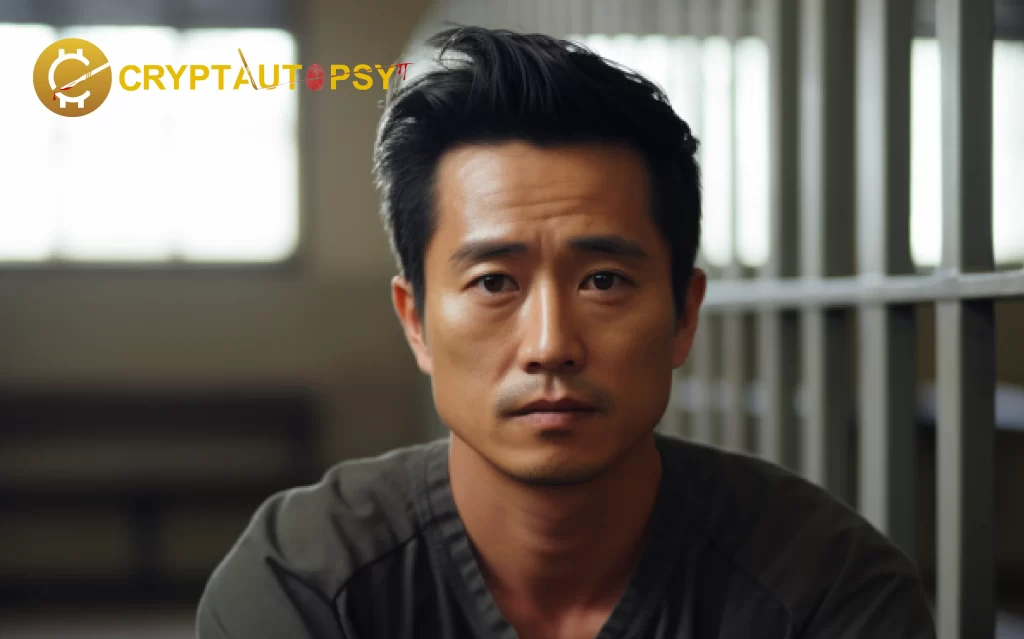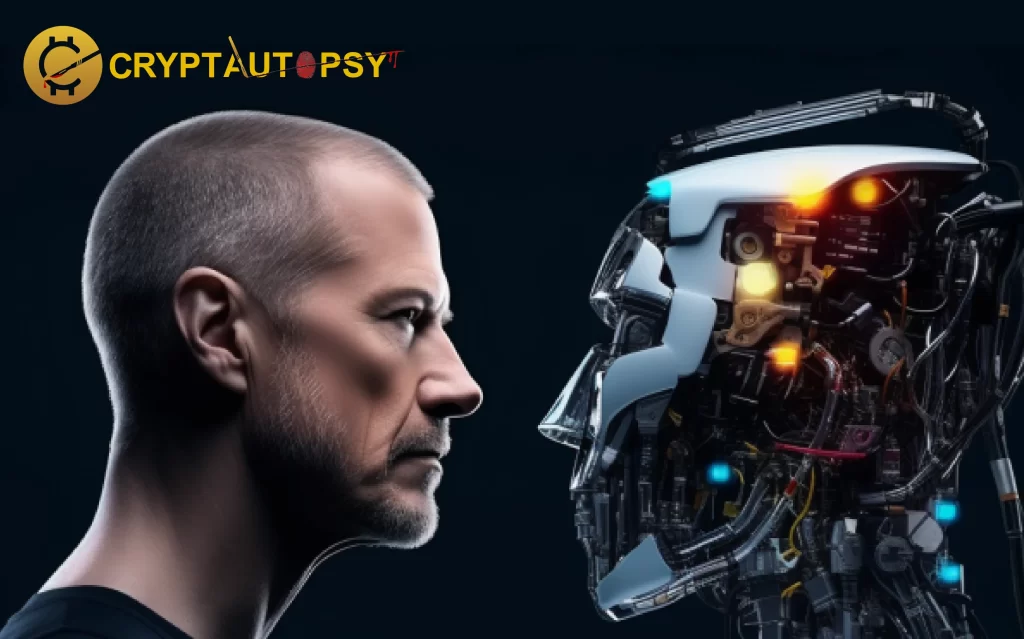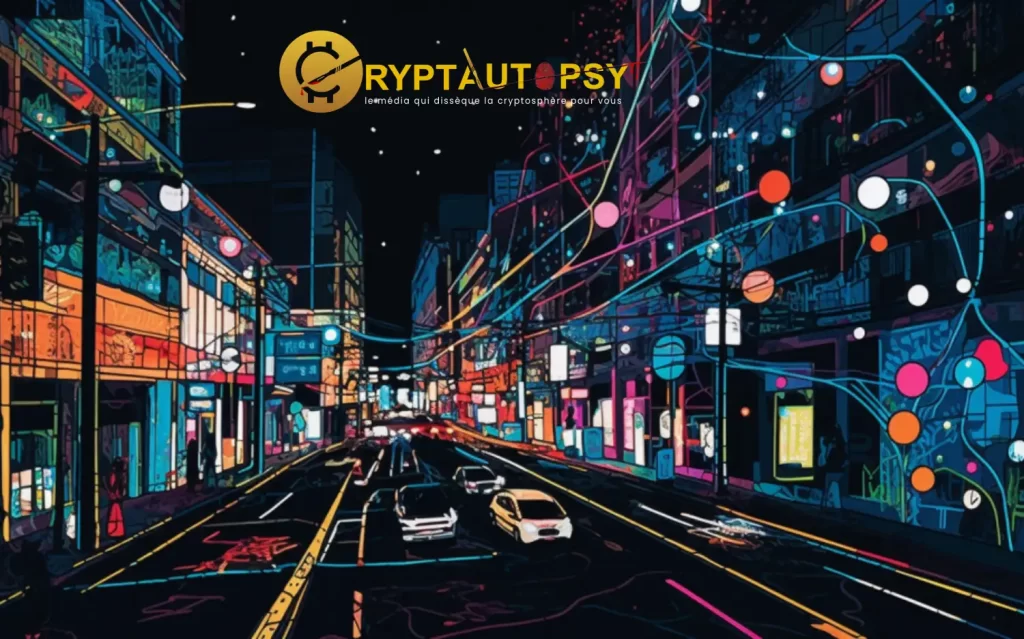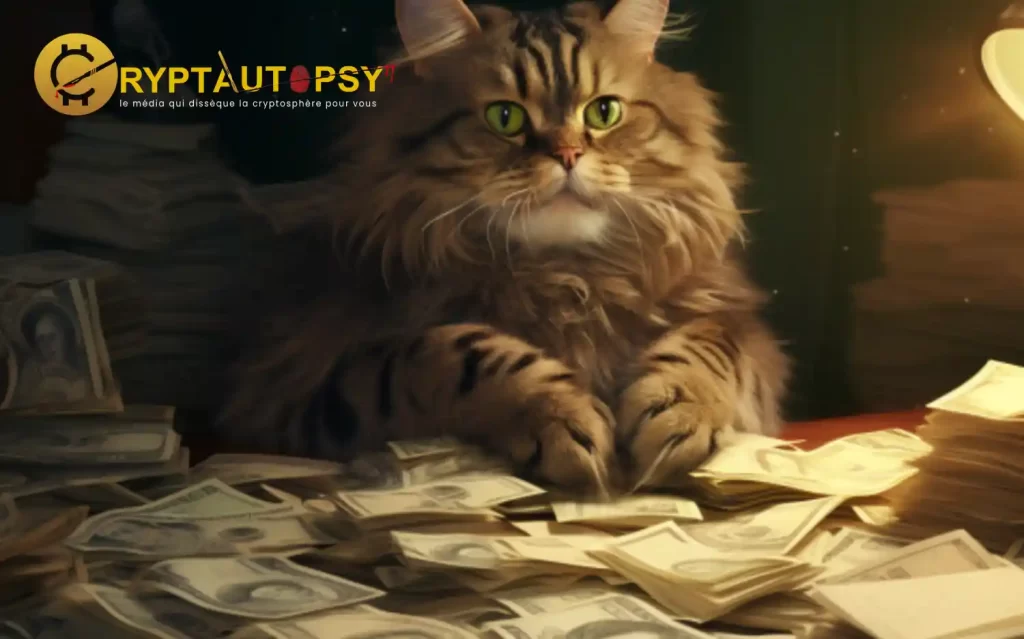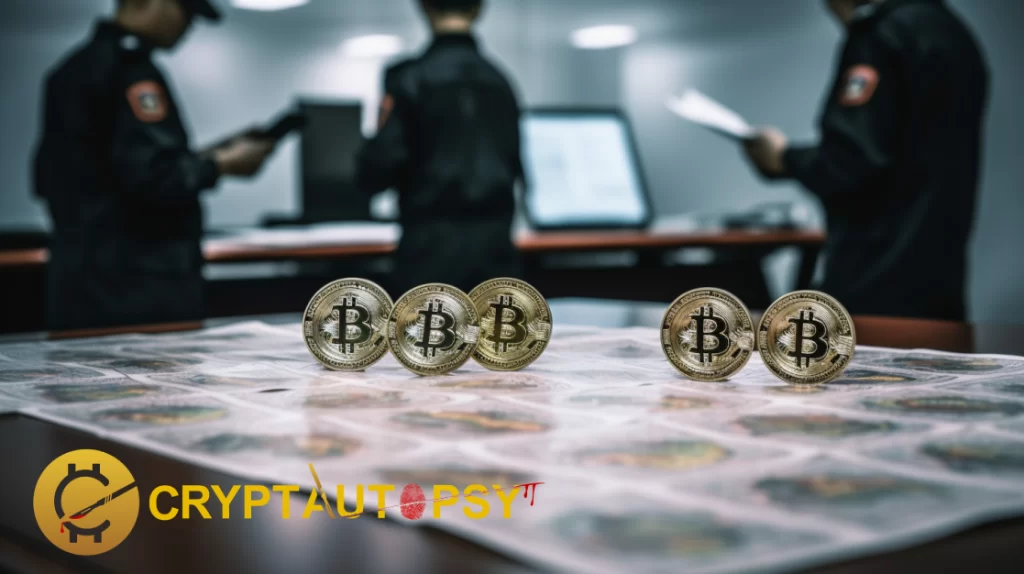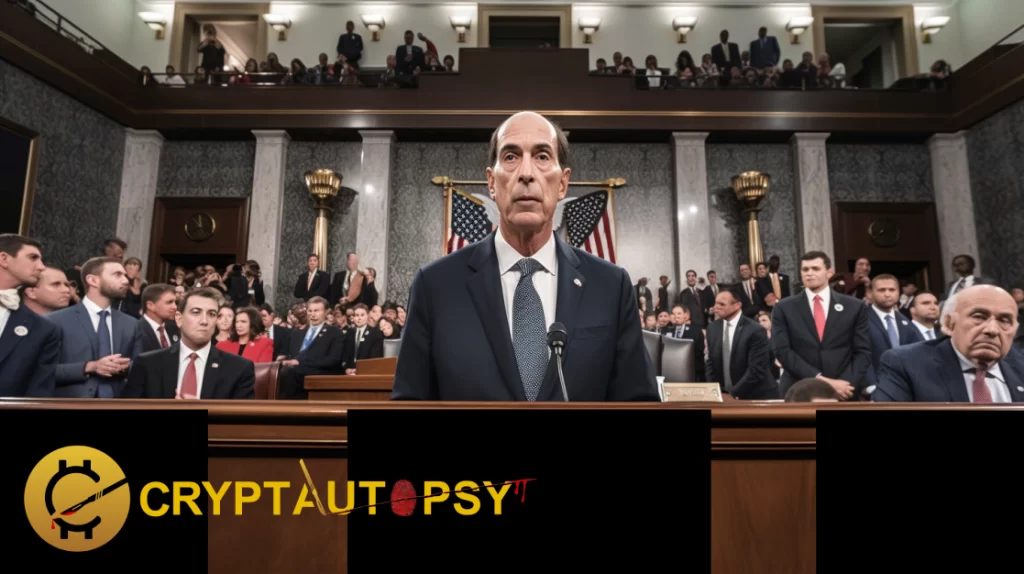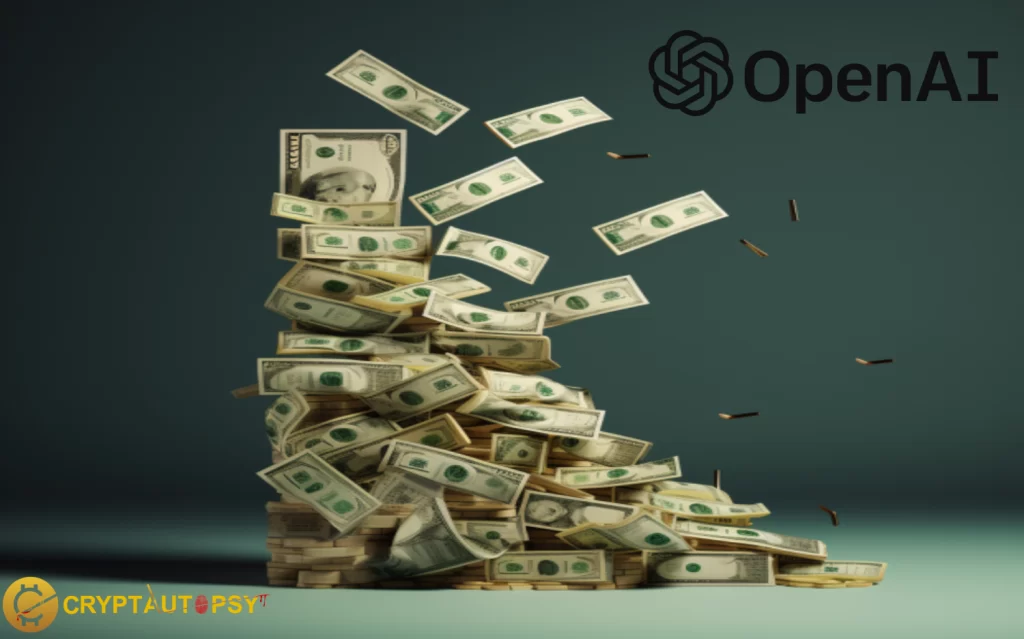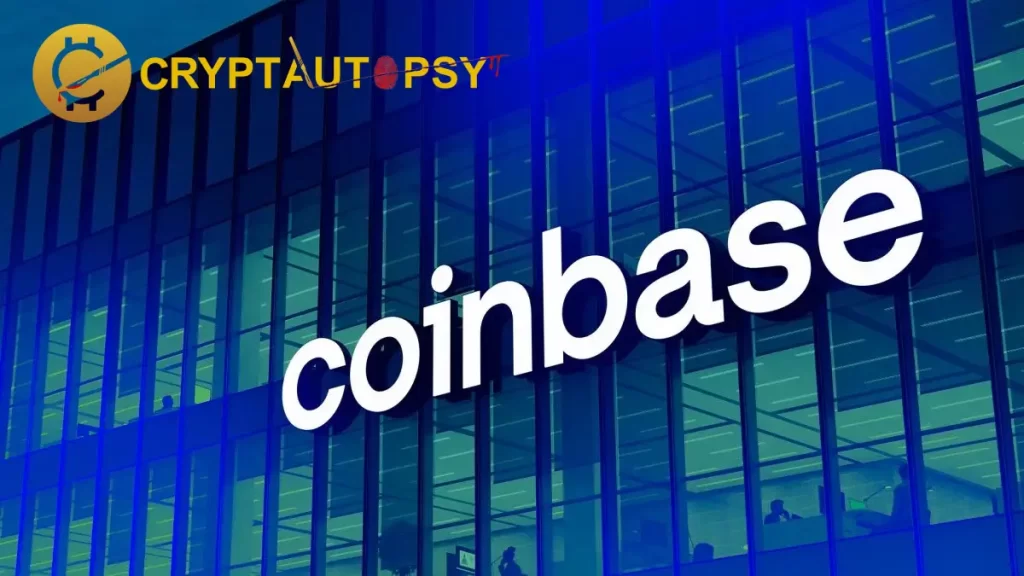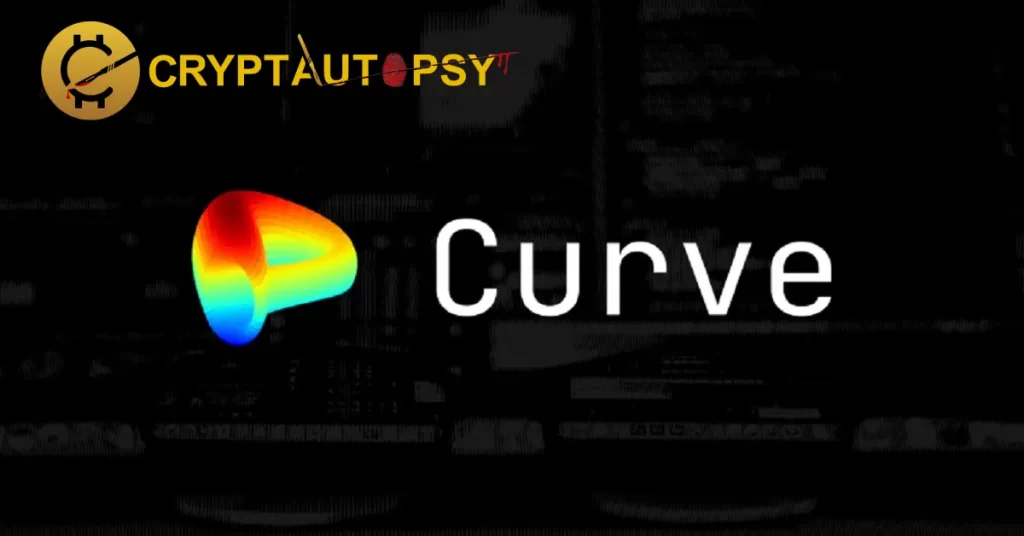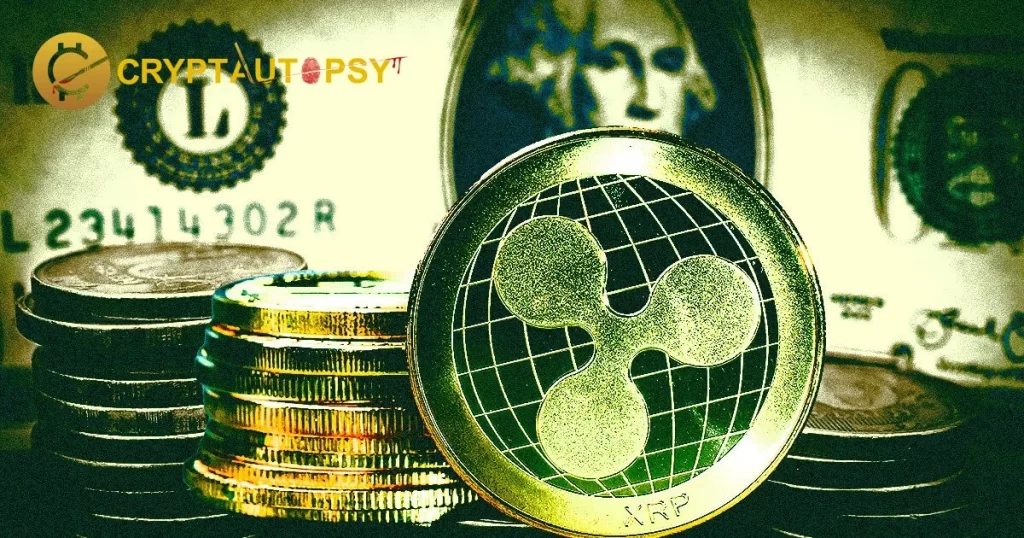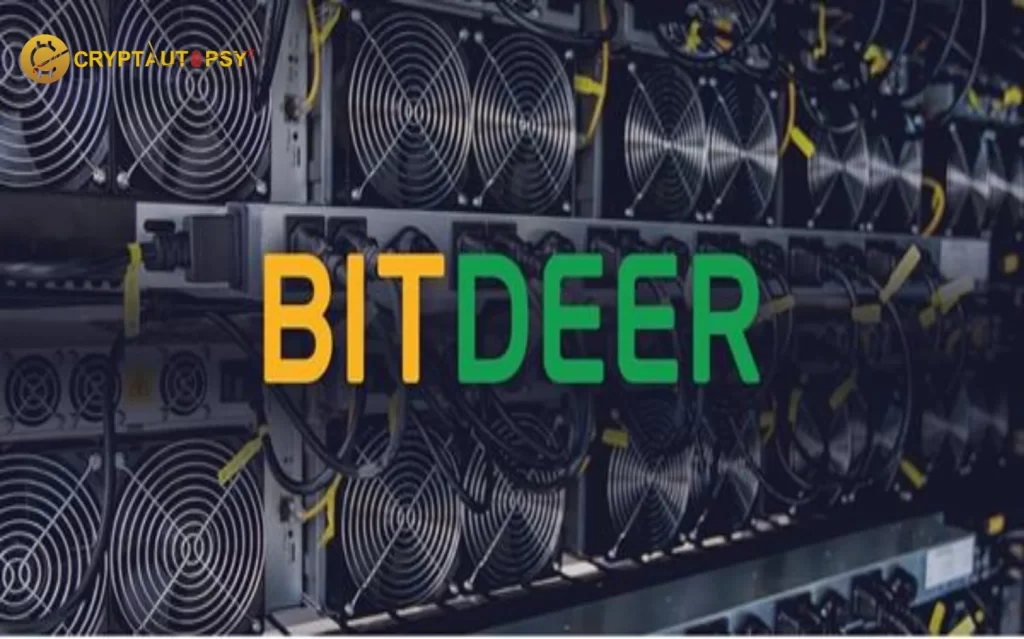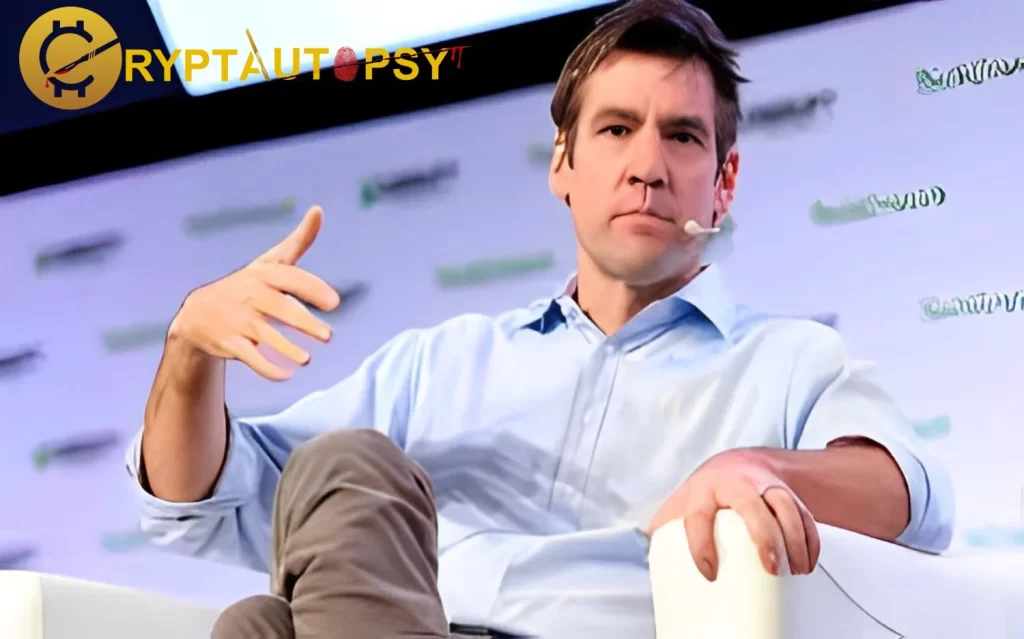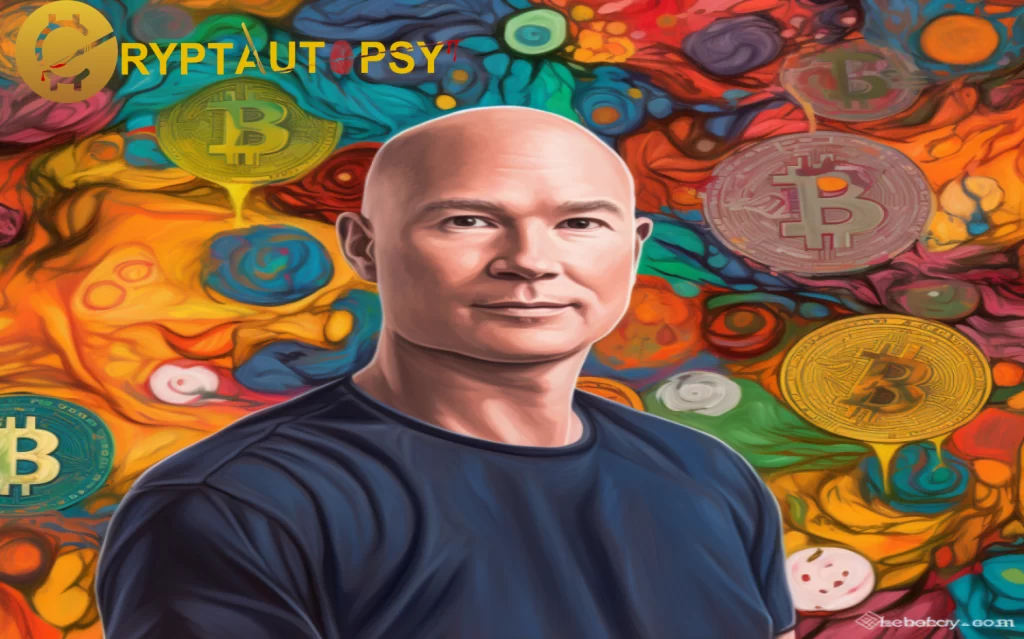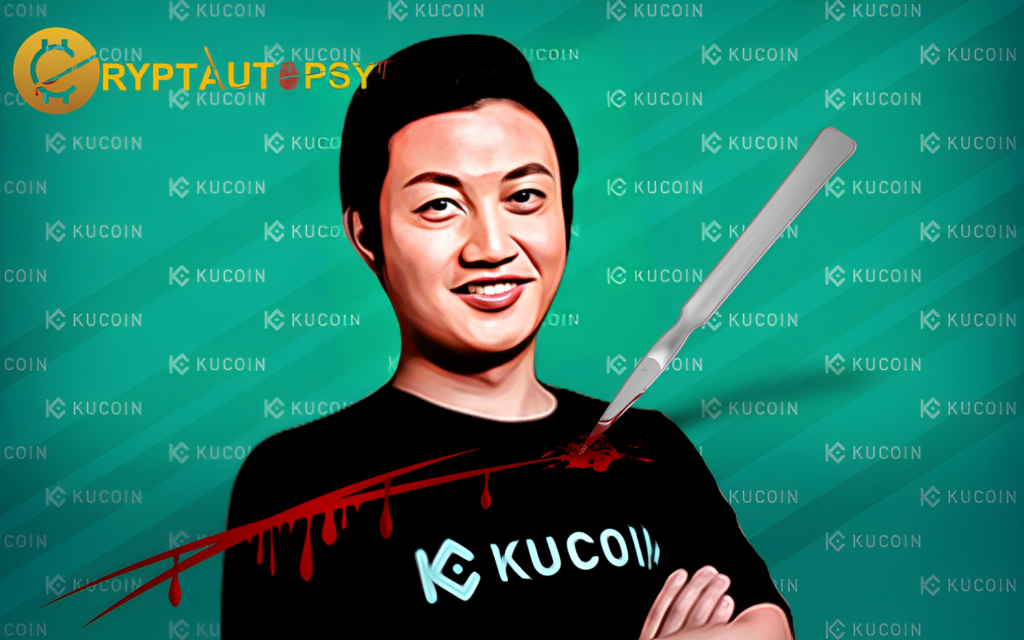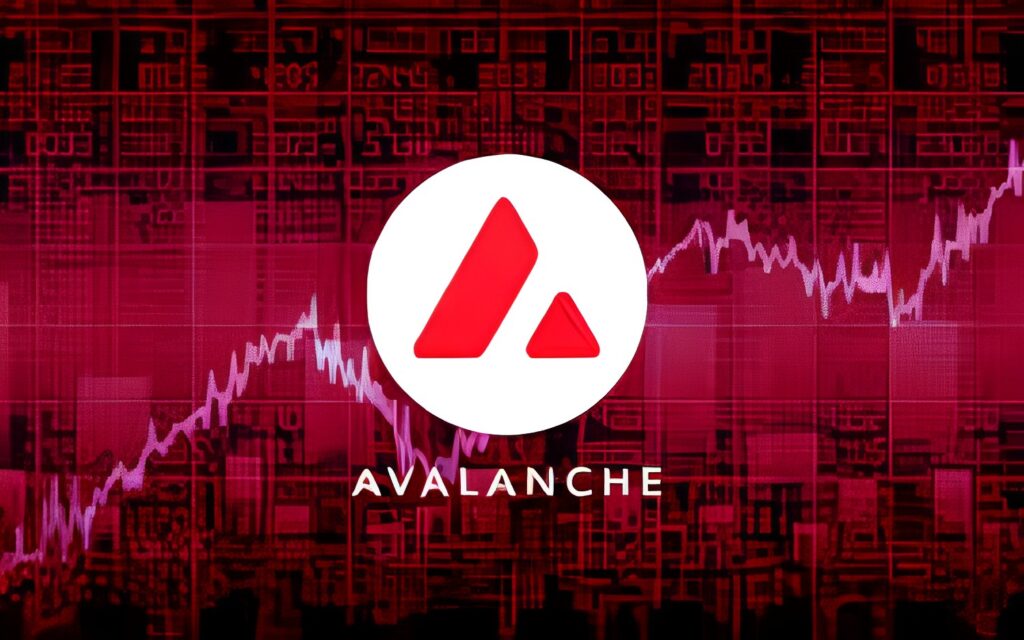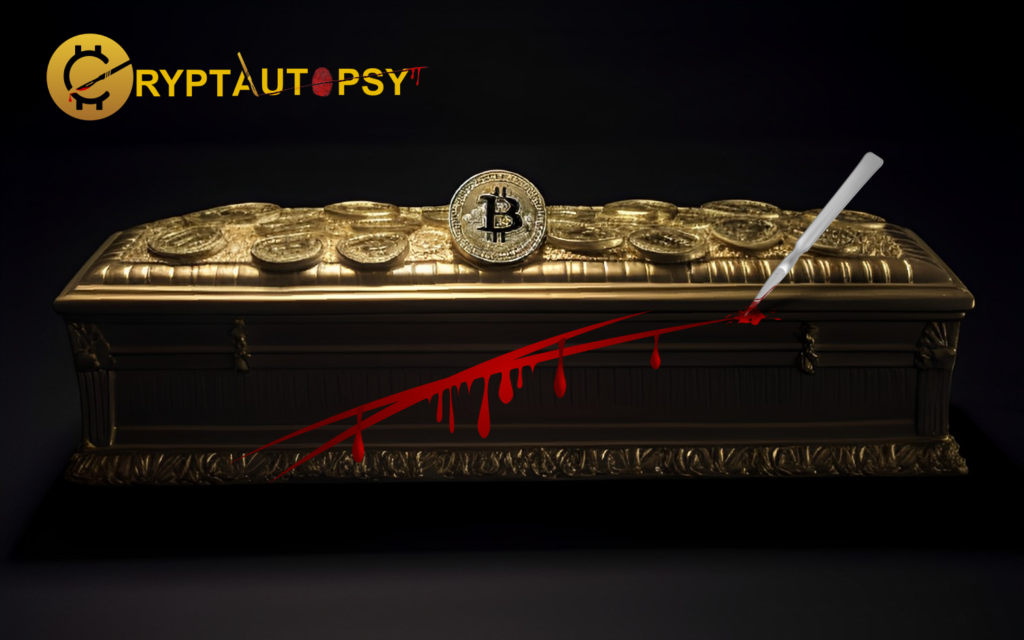DeFi Protocol Curve Finance: An Analysis of the Recent $1.85 Million Bounty and its Implications

In the intriguing world of decentralized finance (DeFi), mishaps are not uncommon, and as we move further into the realms of this financial innovation, it’s becoming clear that threats are real and rampant. One such incident is the recent exploit of Curve Finance (CRV), a prominent DeFi protocol, which has triggered a series of reactions and counteractions. It’s an exhilarating story, one that combines high-stakes thievery, a benevolent bounty, and the relentless pursuit of justice.
The $1.85 Million Bounty
On July 30th, multiple DeFi platforms, including Curve Finance, were targeted by a nefarious attack that exploited a reentrancy bug. In a riveting turn of events, Curve Finance extended an olive branch to the attacker, offering a hefty $1.85 million bounty to recover the stolen funds. An intriguing question lingers – can bounty incentives persuade a hacker to turn on their cloak of anonymity?
The Exploit’s Impact on DeFi
The exploitation had far-reaching consequences, causing a panic-induced withdrawal of over $3 billion from DeFi projects. Imagine a quiet, serene lake suddenly disturbed by a single stone; the ripples spread far and wide, altering the calm status quo. The same scenario played out in the DeFi sector, raising alarms about a potential contagion risk.
The Reentrancy Bug and Vyper
The exploit was a result of a reentrancy bug in Vyper, a smart contract language used for the Ethereum virtual machine (EVM). The attack shook the very foundations of the DeFi world, causing shockwaves that rippled through the sector.
Return of Stolen Funds
Despite the chaos, there was a glimmer of hope when the attacker returned some of the stolen funds to some victims, including Alchemix, on August 5th. The return of funds was likely triggered by Curve’s strategic move of offering the attacker a 10% bounty in exchange for the funds stolen.
The 10% Bounty Offer
Curve’s tactical offer of a 10% bounty was akin to a chess player’s gambit – a calculated risk that just might lead to a checkmate. The move spurred speculations that the attacker might return more of the stolen funds.
Alchemix’s Recovery
In a surprising twist of fate, Alchemix emerged as a phoenix from the ashes, recovering a significant portion of their stolen funds.
The Role of Peckshield and Ethical Hackers
As the plot thickened, Peckshield, a blockchain analytical firm, reported that about 73% of the total amount stolen in the exploit had been returned. Ethical hackers also played their part in this recovery saga, with one returning a staggering $13 million.
73% Recovery and the Entities Involved
Peckshield’s announcement that 73% of stolen funds had been reclaimed sparked a glimmer of hope for the DeFi community. Key players in this recovery process included ethical hackers and a trading bot.
Front-running Bot and c0ffeebabe.eth
A trading bot that front-ran the exploit of JPEGd returned 90% of the stolen ETH to the project. Another ethical hacker, the pseudonymous c0ffeebabe.eth, returned nearly $7 million to Metronome and a Curve trading pool, showcasing the role of ethical hacking in mitigating crises.
Community’s Response to the Crisis
In light of these events, the DeFi community took swift action to reduce their exposure to Curve’s embattled CRV token.
DeFi’s Reducing Exposure to CRV Token
Like a forest fire that scorches everything in its path, the exploit left DeFi protocols wary of their exposure to the CRV token. Their cautious response is indicative of the domino effect of such incidents on the DeFi sector.
Aave’s Preventive Measure
In a bid to safeguard its platform, the Aave community approved a proposal that prohibited further borrowing of the CRV token, underlining the risks involved in this decentralized world.
The Concerns About Egorov’s Debt Position
While the exploit unfolded, concerns grew around Curve’s founder, Michael Egorov’s significant debt position backed by the CRV token.
Egorov’s CRV Token Selling Spree
Egorov was found to have sold 142.6 million CRV tokens for $57 million to at least 30 entities, including market maker Wintermute and Tron founder Justin Sun, among others.
Egorov’s Remaining Debt
Despite the sell-off, Egorov still has around $49 million in debt across different DeFi protocols, casting a shadow of uncertainty over the future of Curve and the DeFi sector at large.








